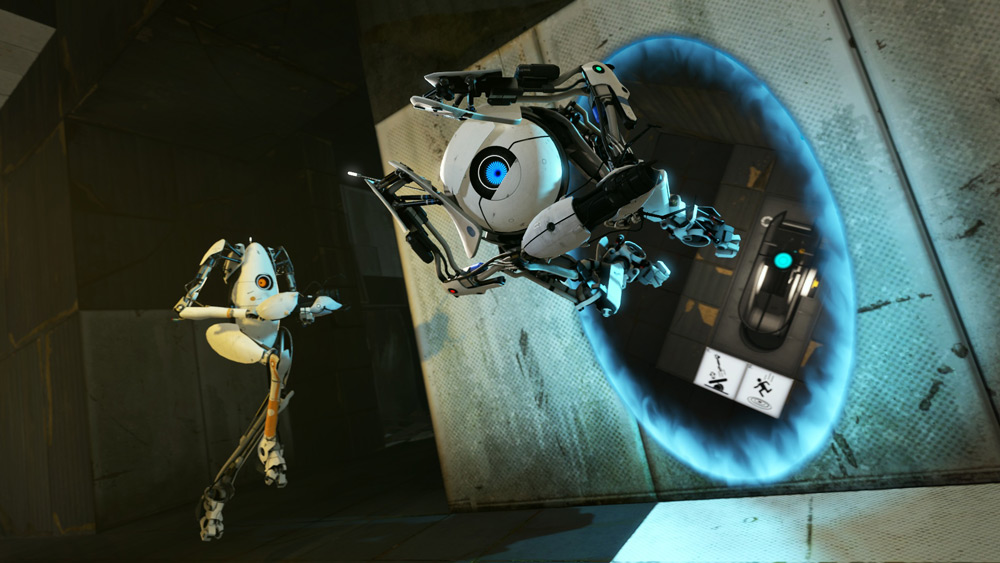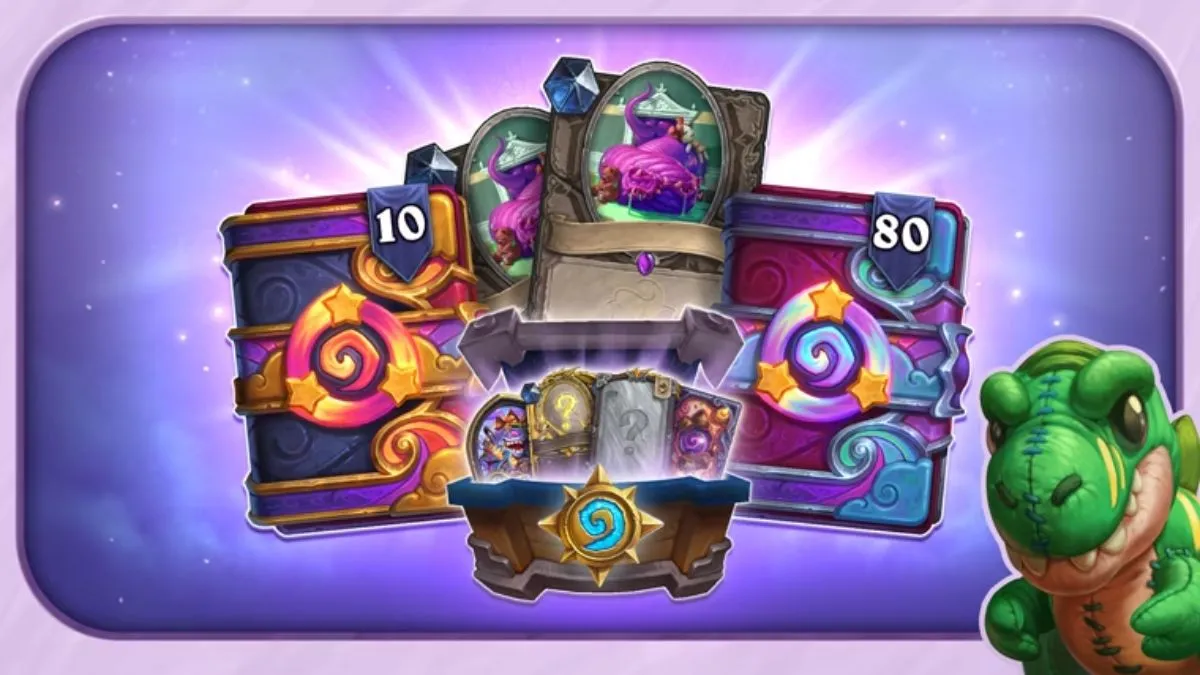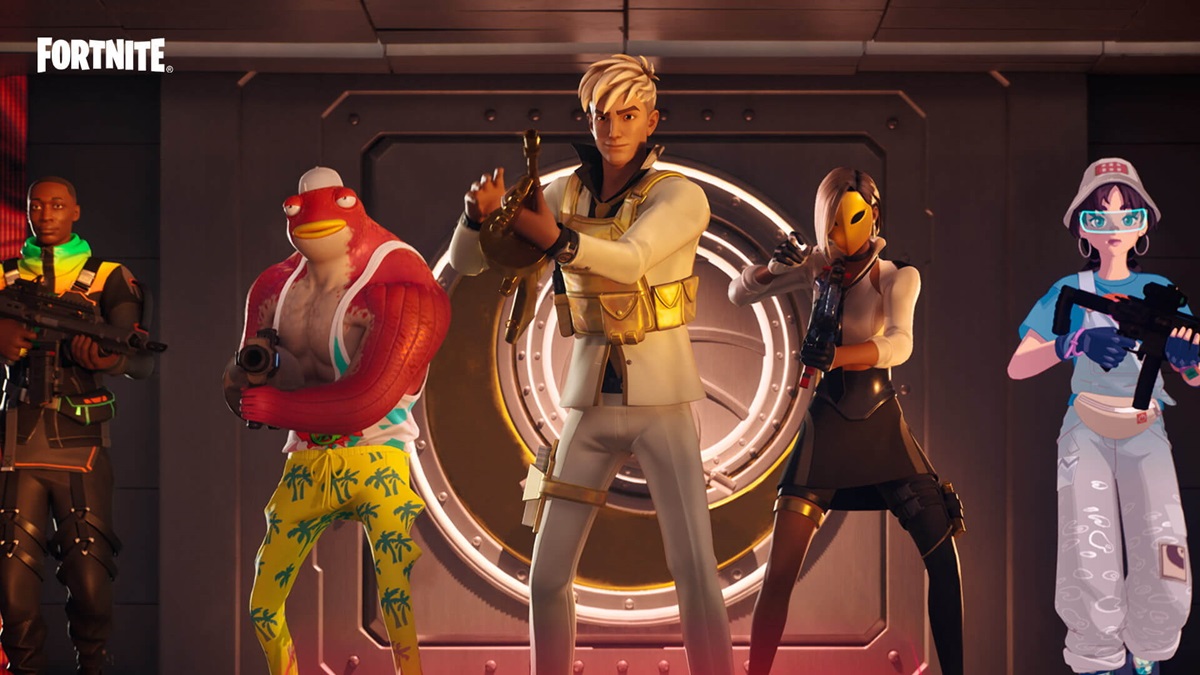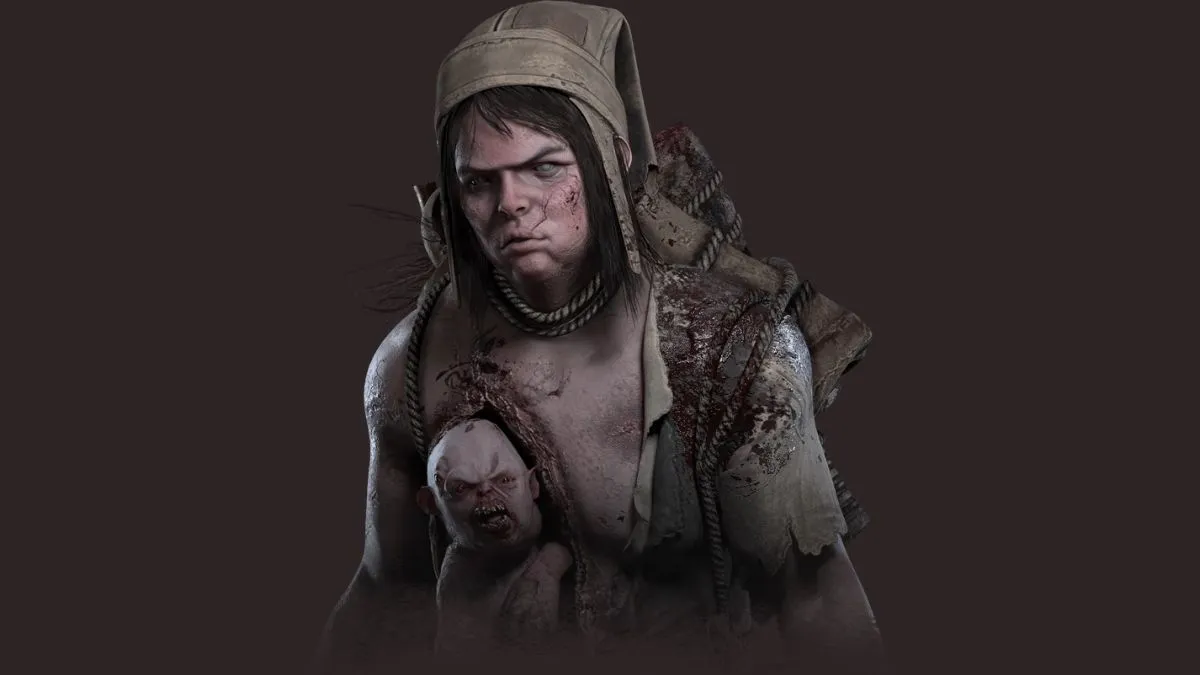Welcome… to my lair!
The games industry, like the movie industry and apparently the television industry, is one that thrives on sequels. Just look at the list of upcoming games for 2017. You can barely swing a cat without hitting some follow-up. Some of these games look to improve upon the first entry, others exist solely to continue the story and some basically start from scratch, going back to the drawing board to give players something completely new. Every sequel has a chance of outshining the original, but let’s be honest: no sequel will ever shine a bright as Portal 2.
I didn’t play the original Portal until just before the release of the sequel. As a Mac owner, the game came free for me with the download of the Steam client. I fell hard for Portal, both figuratively and literally. I literally fell out of my chair in midst of celebrating my triumph over GLaDOS and hit my head on the floor. That brain injury did nothing to temper my anticipation for the follow-up.
There is always the worry a sequel will be a letdown, that our experiences with the original create unjustifiably high expectations for anything that follows it. Portal 2 took exactly 10 minutes for that worry, the fear of the overfamiliar, to melt away. It did exactly what I believe a good sequel should do: take what worked with the original, get rid of what didn’t, and make worthwhile additions.
It’s tough for me to say which addition Portal 2 is the best. The story, and yes stories can make video games better, helped build the world around Aperture Science and create motivation for its characters. New physics concepts intensified the puzzles standing between Chell and Wheatley, and the co-op mode provided some of the most fun I’ve had working together with a friend. Oh, and I can’t forget the beautiful mod support for the game. All of this bundled created a package far more complete and engaging than the original. That’s why it’s a clear, inarguable fact that Portal 2 is the gold standard for sequels in this industry.

Chris Carter
I can’t think of a bigger night and day jump than the Shenmue series. I was into the first one, but Shenmue II drew me in like no other game at the time. It came at a perfect era in my life when I was going through some big family troubles, and I would retreat to its incredible world constantly, just to be a part of it. Whether it was arm wrestling dudes in a hangar, playing arcade games, or being a part time carny (“would you like to try a game of Lucky Hit?”), there was just so much more to do.
I also really connected with some of the monologues dealing with the martial arts principles. It sounds silly but I took some basic Tai Chi classes in the months following, and the game as a whole did an amazing job of chilling me out during that rough period. Imagine my surprise when I heard that Shenmue III wasn’t happening, and that over a decade later, that it was back on.
Even if it doesn’t deliver in the slightest though, I’ll always have Shenmue II.

Peter Glagowski
There was a little confusion on my part for this question as CJ specifically mentioned the “second” entry in a series. This led to a discussion about whether the Capcom Vs. series has proper numbering and what not, but I also was just trying to figure out what constitutes a “second” game. Then it hit me; there is one game that is both the “second” entry and the absolute best of its franchise. That game is Star Fox 64.
While there were plenty of fans of Star Fox on SNES back when it released, even just a few years after its ’93 release date the game felt old. It had awful performance and anything on the PlayStation made the game look positively archaic by comparison. It’s one thing to be old, but it’s another when newer 3D games just play better.
So it was a pretty huge deal with 64 launched and basically aped everything about the original game. It had a story that essentially retconned the first game, rebooting the series while also providing players with hidden paths, different difficulties based on those paths and a lightning fast frame rate. Oh, and rumble pak support, I guess.
Honestly, every other game in the Star Fox franchise hasn’t topped 64 in terms of pacing, content or quality. Yeah, Zero might look HD and Assault has on-foot segments, but both of those games try to get away from the one thing that makes Star Fox work: tight controls and quick levels. Star Fox is an arcade shooter at its heart and nothing does it better than 64.
In a lot of ways, 64 may also be seen as the worst thing to happen to Star Fox since Nintendo can’t get away from it. Every game that has followed it has been compared to the classic, but can you blame fans? Nintendo really did do everything right with this game and it’s crazy how they keep trying to shoehorn in different concepts when they should just be refining the action. Really, don’t let the series die with Zero, Nintendo!

Jonathan Holmes
When Peter says “This led to a discussion about whether the Capcom Vs. series has proper numbering and what not”, what he means is “Like a raging, sugar mad baby, Holmes kept babbling about how Marvel Vs. Capcom 2 qualifies as the second game in the MvC series, despite my reminders about how smart, attractive people all agree that it’s actually the fourth game in Capcom’s larger superhero rave crossover franchise.”
I see Peter’s point, I’m sticking to my guns. While X-Men Vs. Street Fighter and Marvel Super Heroes Vs. Street Fighter had mostly recycled sprites and kept their respective rosters contained to specific franchises, Marvel Vs. Capcom opened things up to the entirety of two fictional universes. It felt like nothing I’d ever seen before. Putting company icons like Mega Man, Strider, Captain Commando, Morrigan together with oddballs like Jin from Cyberbots all in one game was a watershed moment for Capcom, and for video game crossovers in general. The fact that Venom and Onslaught from the Marvel Universe showed up too was… fine, but the real magic here came from seeing Capcom finally pull their own Smash Bros. together.
With the sequel, Capcom maxed out on the “anything goes school of martial arts” concept to a degree they may never be able to top. Mega Man and Strider were joined by Jill from Resident Evil (who attacks with semi-cute cartoon zombies), Tron from Mega Man Legends (along with curry rice loving Servebots), a reinvention of the classic arcade character Son Son, and even all new characters like the swashbuckling Ruby Heart, the Latino cactus man Amingo, and final boss Abyss.
All that combined with a bizarre Synth Jazz soundtrack, beautiful graphics, triple tag teams, and a roster large enough to house two or three regular sized fighters made for pure pandemonium. Capcom had never been so confidently, brazenly manic, and from the looks of the Marvel Vs. Capcom series now, they probably never will be again. When it comes to sequels that go balls out, there’s fewer bolder than Marvel Vs. Capcom 2.

Tian Ma
Quake II takes the top spot for me. To say the original Quake made a splash is a massive understatement. That game was the standard by which first-person shooters were judged. Every shooter that came out wanted to be the definitive Quake-killer. Just the fact of it being a sequel to Quake made Quake II automatically significant. Following up Quake would be like following up Star Wars. So what did id Software end up releasing? Well, it turned out to be a mostly unrelated game about killer cyborgs in space…
The thing is, Quake II didn’t become one of my all-time favorites for being a great sequel or a great game. It was both those things, but more importantly, it defined the modern PC gaming experience. In an era when game engines were as important as the actual product, Quake II had the most technologically advanced one ever. Its built-in OpenGL support gave gamers a reason to invest in 3D accelerators and paved the way for 3DFX and Nvidia to become industry juggernauts. The Quake II engine (now called id Tech 2) was also highly moddable. Devoted fans could make the game nearly unrecognizable as they did with Action Quake II, or even add in new game modes like capture the flag. Modding wasn’t a new thing at the time, but id Software made the wise decision to embrace the modding scene instead of trying to shut it down.
Then there was the multiplayer. Though I had played plenty of Doom and Quake (and was probably way too young to be doing so), Quake II was the game that got me hooked on deathmatch. It only took one map to do so, and that was q2dm1: “The Edge.” To me, it’s as iconic as any FPS multiplayer map since – on the level of Counter-Strike‘s de_dust, Unreal Tournament‘s Facing Worlds, and Halo‘s Blood Gulch. Its design was so simple but played perfectly into what Quake II deathmatch was all about: aim, timing, traversal, and that Megahealth.
I won’t argue that Quake II is a better game than the others on this list, but I can’t think of another one that was so influential in the nascence of modern PC gaming. It made technology, modding, and multiplayer integral parts of the experience. It was the reason I dreamed about dual Voodoo2 builds before I could drive. From the seeds Quake II planted, you got other iconic FPS cornerstones: Half-Life, Unreal, and of course Quake III. If Quake II had flopped, I’m not sure anything in the PC gaming landscape would be the way it is now.

ShadeOfLight
It turned out to be surprisingly difficult to name my favorite sequel, although Portal 2 is already a damn strong contender. Nintendo series usually only get really great at their third entry. Mario, Zelda, Metroid, arguably Pokémon, Pikmin; the number two tends to get lost in the mix at Nintendo. Then you get into the games that may or may not count as the “second” entry: Donkey Kong Country: Tropical Freeze, Super Mario Galaxy 2, Super Mario 3D World, and some others as well. But after what seemed like a thousand years, I found the perfect entry.
Paper Mario: The Thousand Year Door is the pinnacle of Mario RPGs, and one of my favorite RPGs ever made. While it is very different from traditional JRPGs, it easily stands with Xenoblade Chronicles and Final Fantasy VI in my Top 3 of all time.
More so than even the original Paper Mario, The Thousand Year Door simply exudes ‘fun’. It is incredibly colorful with some nice art direction, it has wonderfully written characters, and the battle system is more engaging than ever. All of this combined with a fairly brisk pace makes this a game that is a blast to play every single time. There’s no game I’ve re-played more than this one.
Whether it’s beating a huge paper dragon with the sound of cricket noises, transforming into a paper airplane, playing a Super Mario Bros. level as Bowser, stomping a pirate ghost, or simply feeling the RAAAAWWWK, this game is fun throughout.
And while the series has taken some twists and turns after this entry, I’ll always find some time to come back to Rogueport.

Josh Tolentino
Portal 2? Really? Come now. If we’re talking overall influence on game design, it’s Half-Life 2 we have to mention. Sure, it’s not as influential as the original, all things considered, but the second step in Gordon Freeman’s saga took things forward in virtually every way. Valve’s follow-up to their seminal shooter brought physics puzzles, lengthy vehicle sections, and advanced the craft of first-person storytelling in the most significant fashion since Medal of Honor and Call of Duty built on Half-Life‘s pioneering steps. The Source Engine continues to power some of the most popular games around today.
And of course, let’s not forget that Half-Life 2 was the Trojan Horse for Steam, which changed the way games are sold pretty much forever. It’s no wonder that Valve has been so tight-lipped about how things are going with Half-Life 3, the sequel to this sequel. Could anything they do at this point possibly live up to the monolithic legacy of the franchise? Perhaps it’s better that this saga be left unfinished.

Patrick Hancock
Man, I still remember buying the first God of War game. This was before I obsessively checked online for gaming news and reviews, and I had pretty much no idea about what to expect as I picked up the game on a whim. I went to my buddy’s house with it (I’m not sure exactly why, but whatever) and we played through the first hour or so and were blown away. Imagine my surprise then when God of War 2 turned out to be better in just about every way.
The sequel cemented the series as one of the best of all time for me, even before the third came and tried to muck it up. God of War II just took everything I loved from the first game and turned it up to eleven. Boss fights were more common and spectacular, there were new and interesting weapons to experiment with, and the puzzles just kept on coming. Plus, you can wear a fish suit and play as the Cod of War and that’s just about the best thing ever.

Pixie
I’m someone who always likes to mock the notion of “proper sequels” requiring a number or being on a home platform. It tends to play into the “real games” nonsense. Developers didn’t even value the idea when I was growing up with NES, SNES, Game Boy and the Genesis. We had two different Super Mario Bros. 2 games and now there a “new” one. Final Fantasy II and III were really IV and VI. Final Fantasy Legend was the first SaGa game.
So when I’m thinking of the best direct sequel, I’m forced to question reality itself. Kingdom Hearts II is chronologically the third game in the series. It’s also not a good game at all, despite what anyone tells you. Chain of Memories, however, is the actual second game in the series and requires brain power to play, unlike its PS2 brethren.
Shin Megami Tensei: Devil Summoner 2: Raidou Kuzunoha XIV vs. King Abaddon is the fourth game in the Devil Summoner spin-off series (the second game was Soul Hackers). If that game was second in anything, it’s lengthy subtitles because its predecessor is Shin Megami Tensei: Devil Summoner: Raidou Kuzunoha XIV vs. The Soulless Army.
Some of my favorite “2s” are the fourth and thirteenth entries to their respective franchises, Metal Gear Solid 2: Sons of Liberty and Final Fantasy X-2 (which released after FFXI, which is a proper Final Fantasy game I played for half a decade to verify its realness). I love them both for their gameplay, disruption of expectations and because they still trigger insecure fanboys who need their “badass” man card punched.
There’s also Mega Man II – the Game Boy one, not the NES one. And Ninja Gaiden II, which is either the third or fourth Ninja Gaiden if we factor in the arcade original and Game Boy. I don’t believe in the ones Team Ninja made and placed in the DoA universe, just like I don’t believe in Devil May Cry 2.
There was DMC, Shin Megami Tensei III: Nocturne, DMC3, DMC4 and then that gritty reboot I can only accept as canon if I listen to it in Spanish.
Then there’s The Goonies II, which is either the sequel to the arcade game, the movie or both. It’s a shame it doesn’t get re-licenced for eShop because it’s one of the first games I played that couldn’t decide what genre it was in, meaning it likely influenced the work of Yoko Taro. People today would dub it a “Metroidvania,” but it also had aspects of PC first person dungeon crawlers of the time.
You had to access new paths by smashing walls with hammers, finding keys to open vaults and helped mystical bald men in robes. Presumably, that had something to do with stopping the Fratelli family of mobsters from finding pirate treasure, all while enjoying Cindi Lauper’s “Good Enough” in 8-bit MIDI.
So Goonies II. Let’s go with that. It’s the least convoluted answer I have.
*****
I tried to think of something witty to end this with, but that description of The Goonies II pretty much broke my brain.





